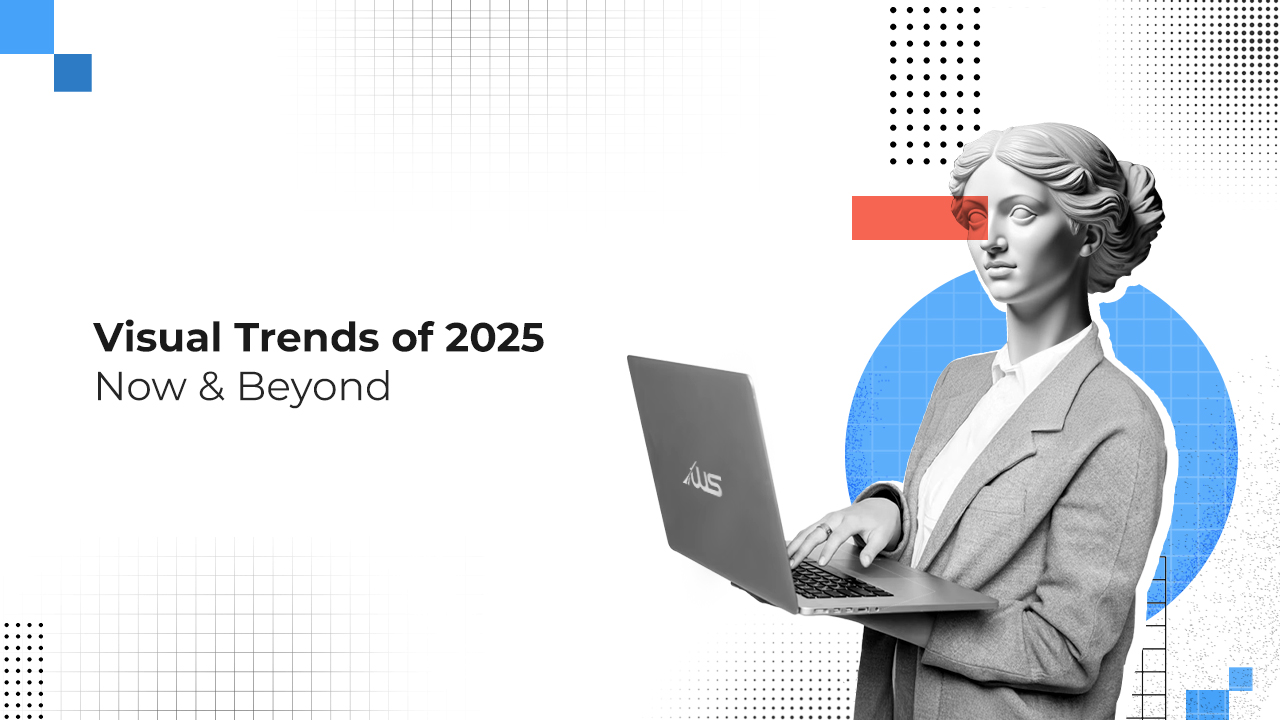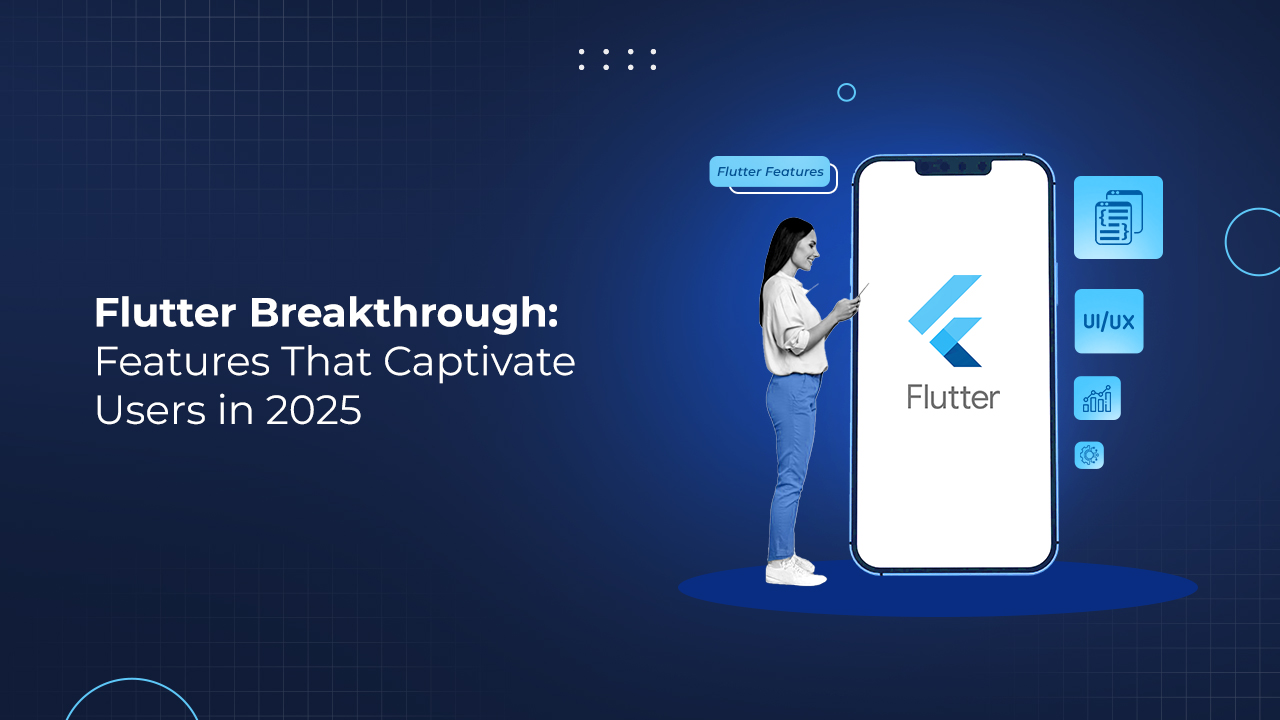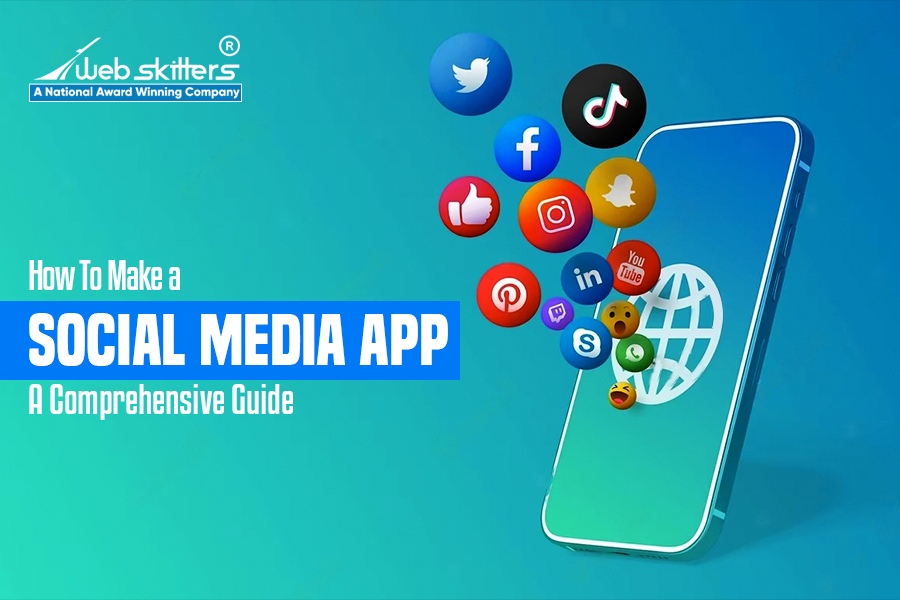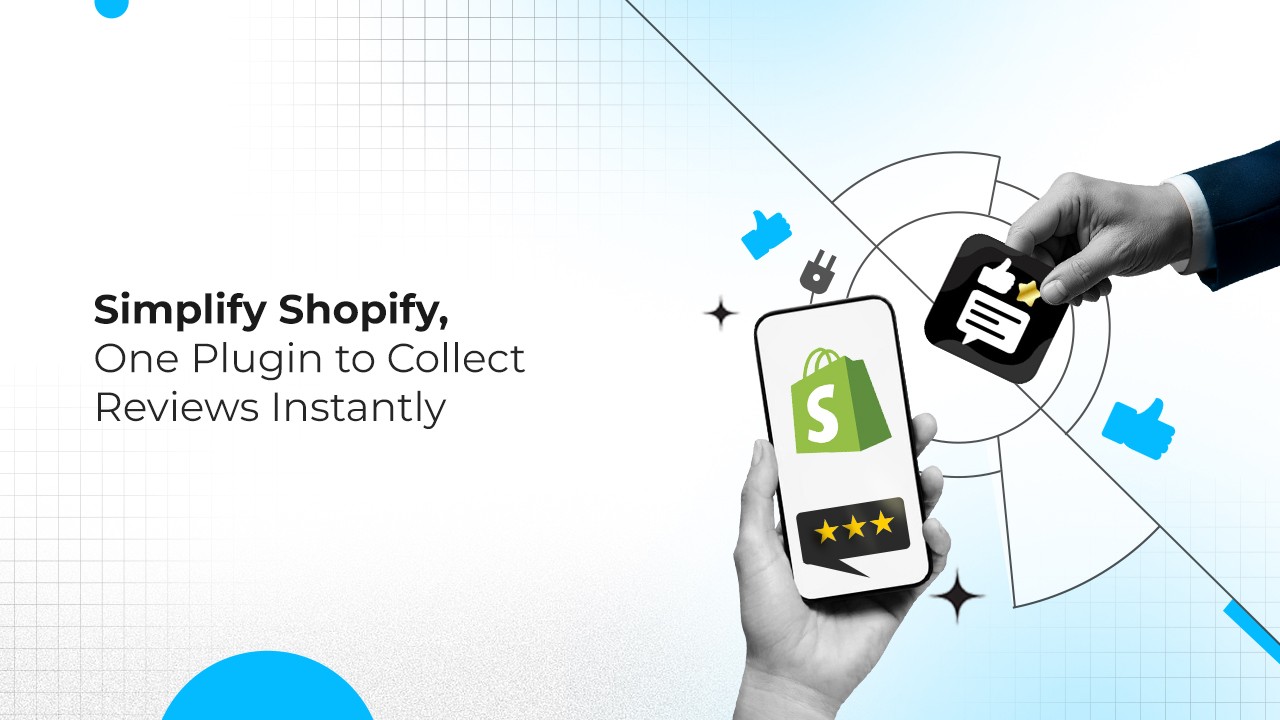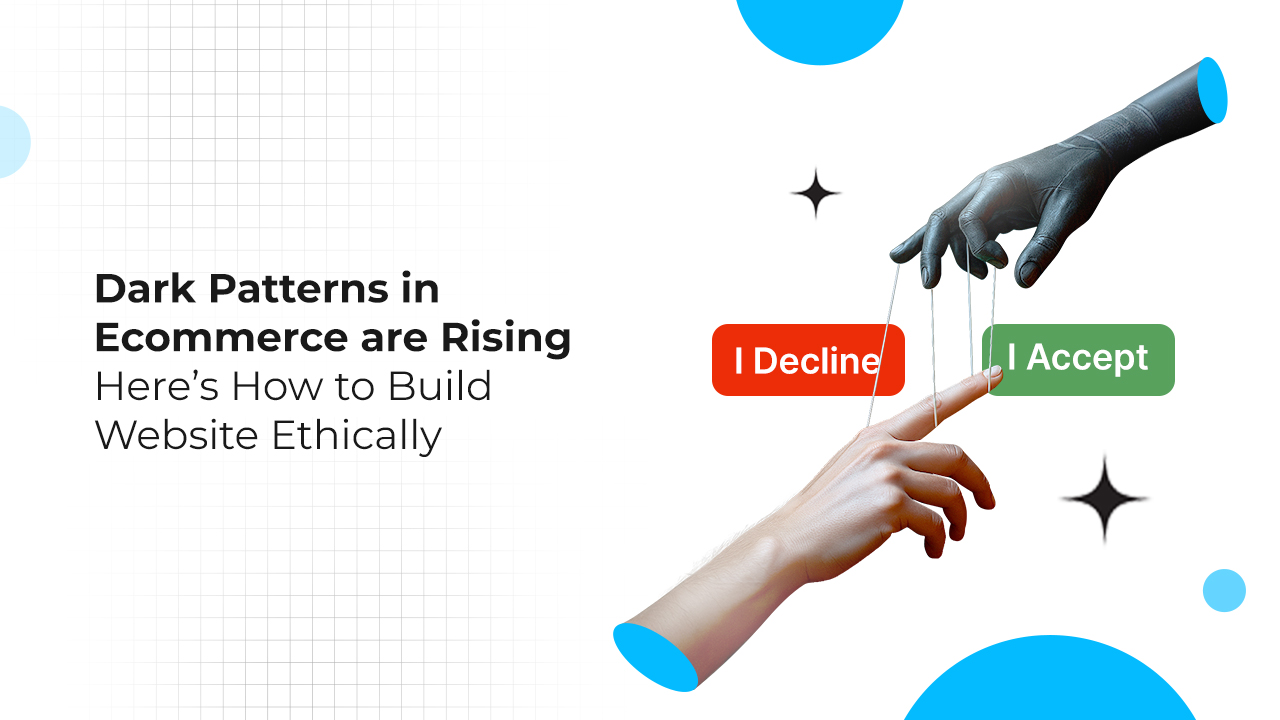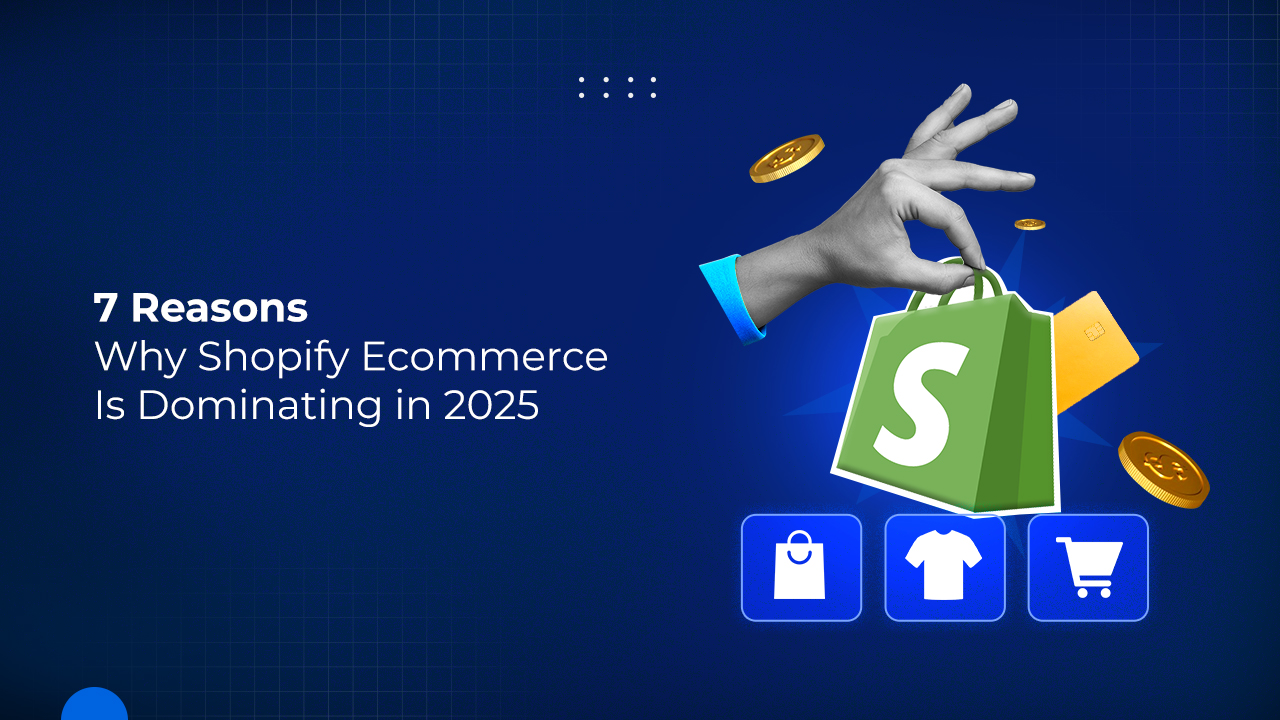
7 Reasons Why Shopify Ecommerce is Dominating in 2025
“If you do build a great experience, customers tell each other about that. Word of mouth is very powerful.”
It’s clear from this quote by Jeff Bezos, Founder of Amazon.com, that what shoppers feel when they visit your store is far more relevant than any marketing gimmicks.
As an online shopper yourself, you’ve probably realized that the best advertisement is a smooth and simple shopping experience.
Are you desperate to launch your online shop quickly?
Going live is important, but you need to focus on getting it right. And that’s exactly where the Shopify ecommerce platform comes in.
What is an Ecommerce Platform?
If you’ve ever bought a product online, you’ve used an ecommerce platform. It’s the system that powers an online store. Within the platform, products are listed, customers browse, payments are made, and orders are managed.
Just like a physical shop needs shelves, a counter, and a payment machine, an online store needs digital tools to run smoothly.
An ecommerce platform gives you all those tools in one place. It’s the base of how modern online store development is done.
You don’t need to build every part from scratch. A good platform helps store owners focus on running their business instead of dealing with technical issues. But not all platforms are equally easy or powerful.
Here’s what most ecommerce platforms allow you to do:
- Add and manage product listings
- Accept online payments securely
- Track and fulfil customer orders
- Offer discounts and run promotions
- View reports to track sales and performance
- Design your storefront to reflect your brand
- Handle taxes, shipping, and returns
- Integrate with social media and ads
You may not need every feature right away. But as your store grows, you will surely need a platform that grows with you. That’s where Shopify comes in. It’s one of the most widely used ecommerce platforms today.
What is Shopify?
Shopify is a leading ecommerce platform that helps you set up and run an online store without needing to code.
4.5 million websites around the world use the platform, from small handmade shops to major global brands. It’s known for being user-friendly, but also powerful enough to support big, complex businesses.
Merchants are using Shopify for online stores because the system is very user-friendly. The platform runs in your browser. Essentially, all you do is just log in, add your products, set up your design, and start selling.
You can use Shopify on your own, but many store owners work with developers or agencies to build faster, better-looking, and more profitable stores. The platform is now packed with features that go far beyond what most people think of as “DIY.”
Shopify is the go-to ecommerce platform because of various factors:
- A secure, hosted store that runs 24/7
- Dozens of free and paid themes to choose from
- A built-in payment system (Shopify Payments)
- Mobile-friendly design that works on all devices
- App store with thousands of useful add-ons
- Easy connection with Instagram, Facebook, and Google
- SEO-friendly tools to help your store show up on search engines
- Tools to sell in-person, online, or both
It’s a flexible platform. But with expert Shopify development services, it becomes a real growth engine for your business.
7 Reasons Why Shopify Ecommerce is the Go-To Platform
1. Horizon Theme Framework
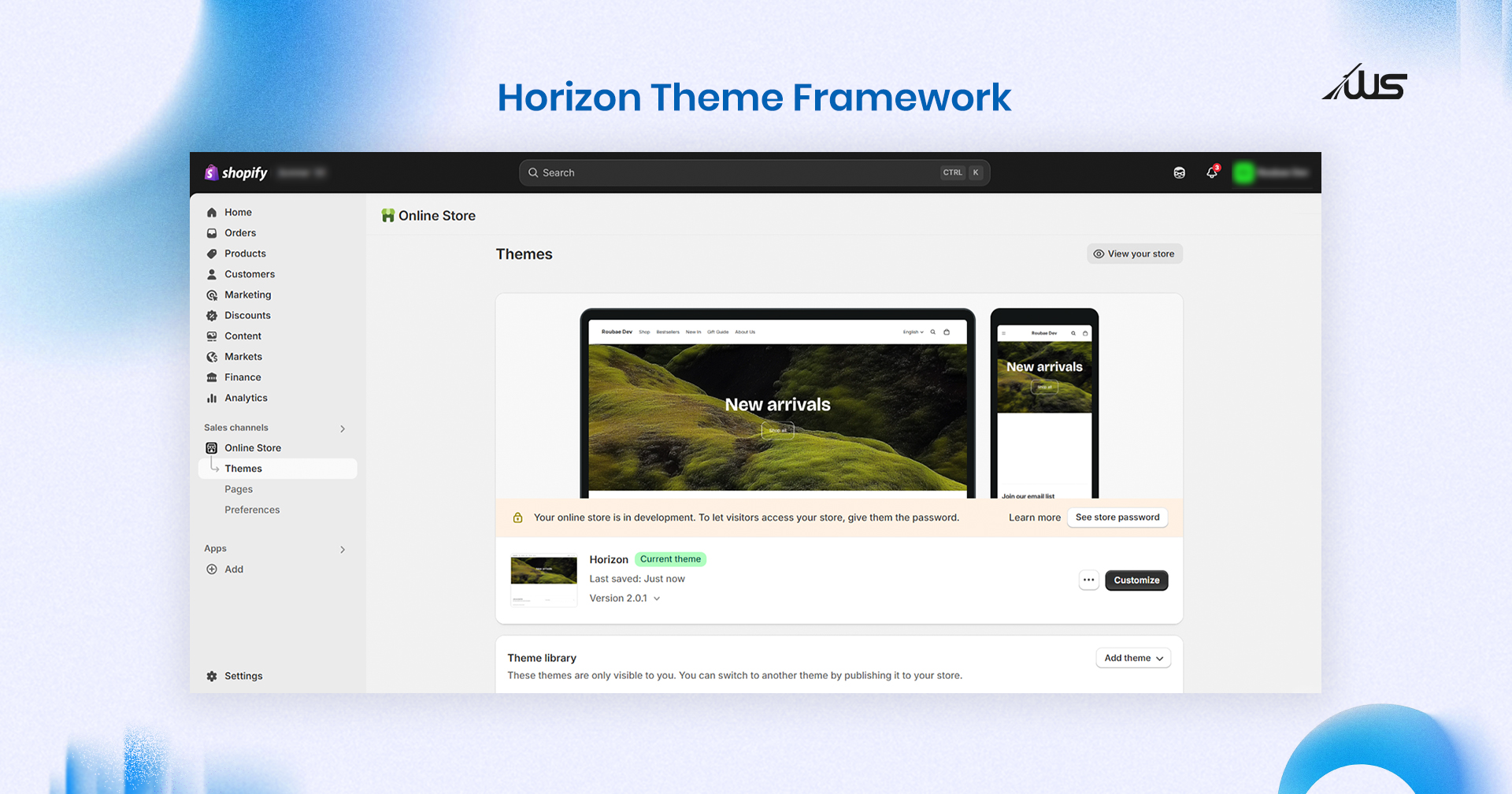
In early 2025, Shopify rolled out Horizon. Basically, it’s a newer type of theme that makes stores load a lot faster, especially on mobile.
Pages feel smoother, images don’t lag, and shoppers are not stuck waiting. That’s the good part.
But Horizon may not be easy for beginners to use.
It needs a developer who understands how to shape it properly. With these preset designs, your store gets a professional look, loads faster, and feels better to use. Not just for you, but for every person who visits it on their phone or laptop.
2. Built-in SEO & Marketing Tools


You want your products to show up when people search on Google, right?
Shopify helps with that as it has SEO tools built in. You can easily edit your page titles, descriptions, and images for Google.
But, you still need to know what to say and where. That’s where experts can help. Shopify experts use these tools to boost your store’s visibility, without you having to touch a single setting.
3. Shopify Subscriptions Functionality

More customers want the option to subscribe instead of buying once. That’s how people buy coffee, skincare, and even dog food now.
Using a third-party subscription app, Shopify developers can implement a user-friendly subscription function.
It allows you to offer flexible plans, automatic billing, and let customers manage their orders without unnecessarily needing to contact support.
If a developer handles it for you, the process will be smooth and easy for the shopper. No confusion, just a smarter way for ecommerce store owners to build recurring revenue.
4. Support for Multi-Currency and Localization


Suppose someone visits your store from the UK, but your prices are in US dollars, they are likely to leave and go to a competitor’s site.
Shopify makes it possible to show the right currency, language, and even shipping options. Depending on where someone is browsing from, they see their preferred options.
It’s a small thing on the surface, but it makes a huge difference in user trust.
5. App Ecosystem

The Shopify App Store includes a suite of premium apps that can optimize your online store. Want customer reviews? There’s an app. Need a loyalty program? One click away. Want to add live chat or personalized popups? Easy.
Shopify’s ecosystem includes a whopping 8,000 apps. The point of these apps is to make shopping smoother for your visitors.
But it’s best not to go overboard and install apps that slow things down. A good developer can pick the right tools and integrate them in a way that adds value to your store without cluttering it.
6. Shopify Magic
Writing product descriptions can take hours. Shopify Magic now uses AI to write content for you, be it headlines or product descriptions. Of course, it is not perfect on its own, but with expert editing, it can significantly speed up your workflow.
Plus, you can take advantage of Shopify Magic for email subject lines, blogs, FAQs and much more. It’s a must-have for merchants running large stores or adding many products on a regular basis. Rather than starting from scratch, professionals merely have to shape the AI output into polished, SEO-friendly text.
7. Checkout Extensibility


Shopify Plus (premium platform) allows developers to customize the checkout experience using safe, upgrade-proof methods. The feature is called Checkout Extensibility, and it lets you add unique upsells, loyalty widgets, tracking scripts, and more. It’s safer than directly editing Checkout Liquid, which was the old checkout code.
But it does require technical skills. The best part? You can create a checkout experience that feels totally on-brand and works harder to increase your revenue if you have the right people setting it up for you.
8. One-Page Checkout
A one-page checkout is preferable to three, right? Shopify’s new layout was tested across thousands of stores and shown to increase conversions. Shoppers are more likely to finish their order when the process feels short and smooth.
On a single page, shoppers can see everything, the order summary, shipping, and payment. Apart from removing extra steps, this speeds up the page loading time, which often boosts the rate of completed orders. Shoppers see all key details, items, prices, shipping options, without jumping through multiple screens.
Technology Trends In Shopify Development
We have already covered Top visual trends of 2025,now If you want to know which are the Shopify trends of 2025 that will shape the ecommerce landscape, read on:
AI and Automation
Let’s say you have ten new products to upload to your store. Shopify can help write the descriptions and sort them for you. You can set it up to send emails to people who left something in their cart.
Tasks like this normally take a lot of time, but with automation, they just happen on their own. Don’t worry; you still decide what goes where. It just means you’re not stuck doing everything manually. That’s one of the biggest Shopify advantages in today’s ecommerce market.
Voice Search
Not everyone types their searches anymore. A lot of people just ask their phone what they want, especially when they are in a rush. In fact, about 75% of users in the US use voice-activated smart speakers.
Basically, if someone says, “show me red sandals under two thousand,” it helps if your store is optimized to cater to these needs. Shopify’s getting better at this. The words you use to name and describe your products really matter here.
When it’s well optimized, your store starts answering real questions, not just showing good-looking pages. This is soon becoming the norm, and it makes a big difference, especially when people are shopping hands-free or on the go.
AR and VR
Shoppers like to see what they are buying in as much detail as possible. Shopify ecommerce now supports features that let people view items in 3D or place them in their space using their phone. A person buying a table can see how it fits in their dining room.
Someone thinking about earrings can rotate the image to view it from all sides. The point of tools like this is to make the product feel real before the shopper clicks the buy button. It’s often the difference between customers flocking to your store rather than your competitors.
Cloud Computing
Thanks to Shopify’s cloud system, your store stays online, updated, and backed up. You wouldn’t even need to manage any of it.
Even during the busy season, your store keeps working. You can log in from anywhere, and systems stay in sync.
Whether you’re adding new items, checking orders, or updating content, everything is stored safely. Cloud computing gives you peace of mind that your store will stay open and running smoothly.
Headless Commerce
Normally, your store’s look and structure are linked together. In tech-speak, that’s frontend and backend.
Headless lets you split them. So, you can change how your shop looks without touching the backend.
If your customer is using the phone to access your store, they get a design made for mobiles. If they’re on a desktop, they see something totally different. Plus, the loading speed is much faster.
Shopify experts can set up the headless environment in a way that makes your store feel smoother and more personal, even if the customer never notices these changes.
Key Takeaways:
- An ecommerce platform is the central system that powers an online store, handling products, payments, and orders.
- Shopify is a top-rated platform enabling owners to create and manage a store without coding, while still supporting complex businesses.
- The Horizon theme improves store loading times, especially on mobile, leading to a smoother customer experience.
- The integrated SEO options on the Shopify platform help stores rank higher and attract more targeted traffic.
- Shopify’s App Store offers thousands of extensions to add features like reviews, loyalty programs, and live chat.
- Checkout Extensibility (a set of features within Shopify Plus) allows merchants to offer upsells, cross-sells loyalty widgets and more, as part of the checkout journey.
- Automation saves time by handling tasks like email follow-ups, product uploads, and abandoned cart recovery.
- Optimizing for voice queries helps capture mobile and smart speaker users who shop hands-free.
- Partnering with experienced Shopify experts can turn your online store into a stronger revenue engine.
The Verdict
As an online merchant by now you know that it’s a struggle to stand out in a space where even your competitors are trying to do the same thing.
For this reason, the Shopify platform allows you to effortlessly build a store that raises the user experience to new heights. The good thing is you don’t have to figure it all out on your own. An experienced Shopify ecommerce provider would be able to handle all your store development needs.
Webskitters can guide you.
Our Shopify development team will bring considerable experience to your project. After getting a deep understanding of your needs, we can build your high-converting online store at an accelerated timeline.
Let’s get on a quick call to kickstart your project.

 Ecommerce Development
Ecommerce Development 